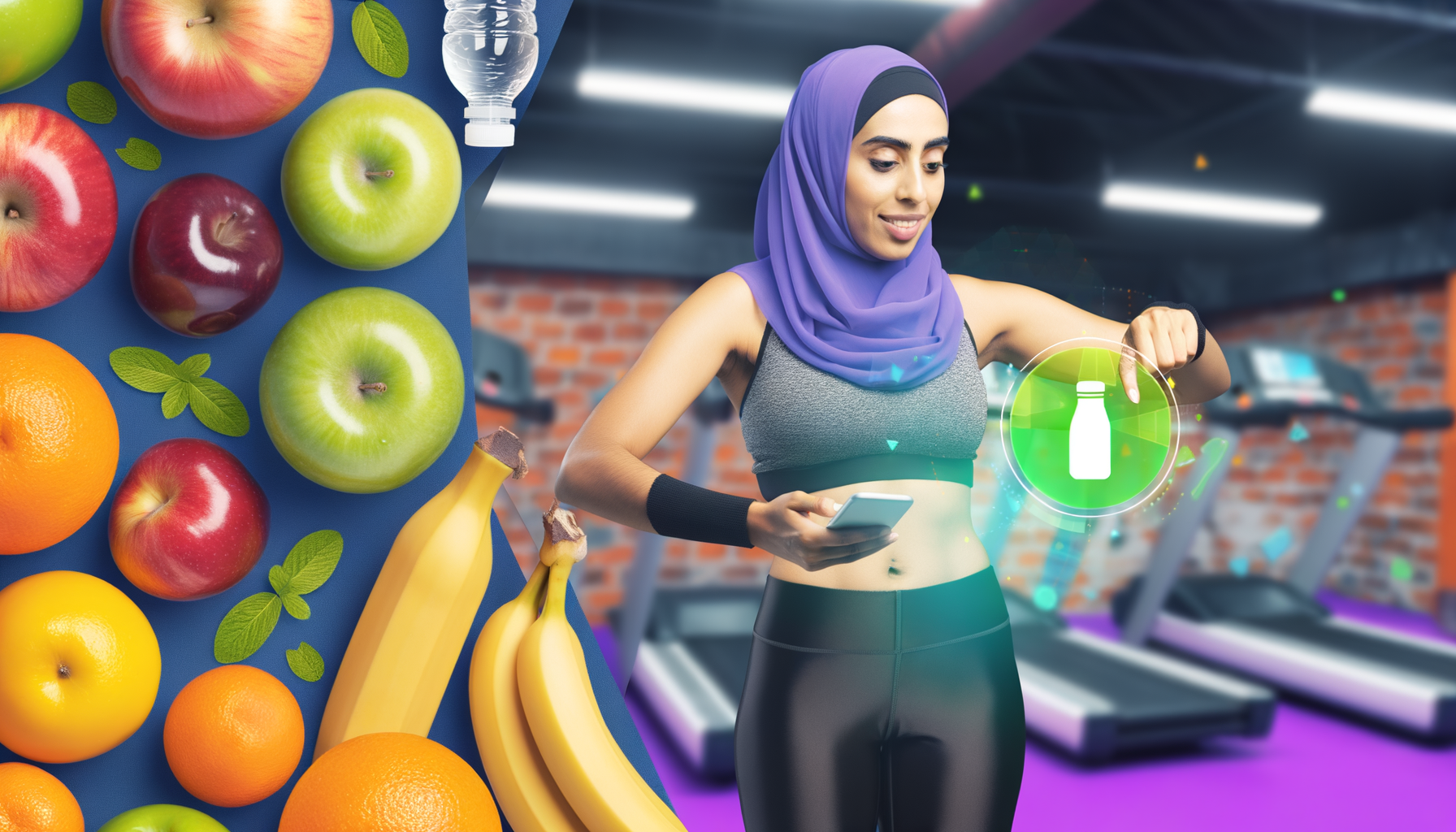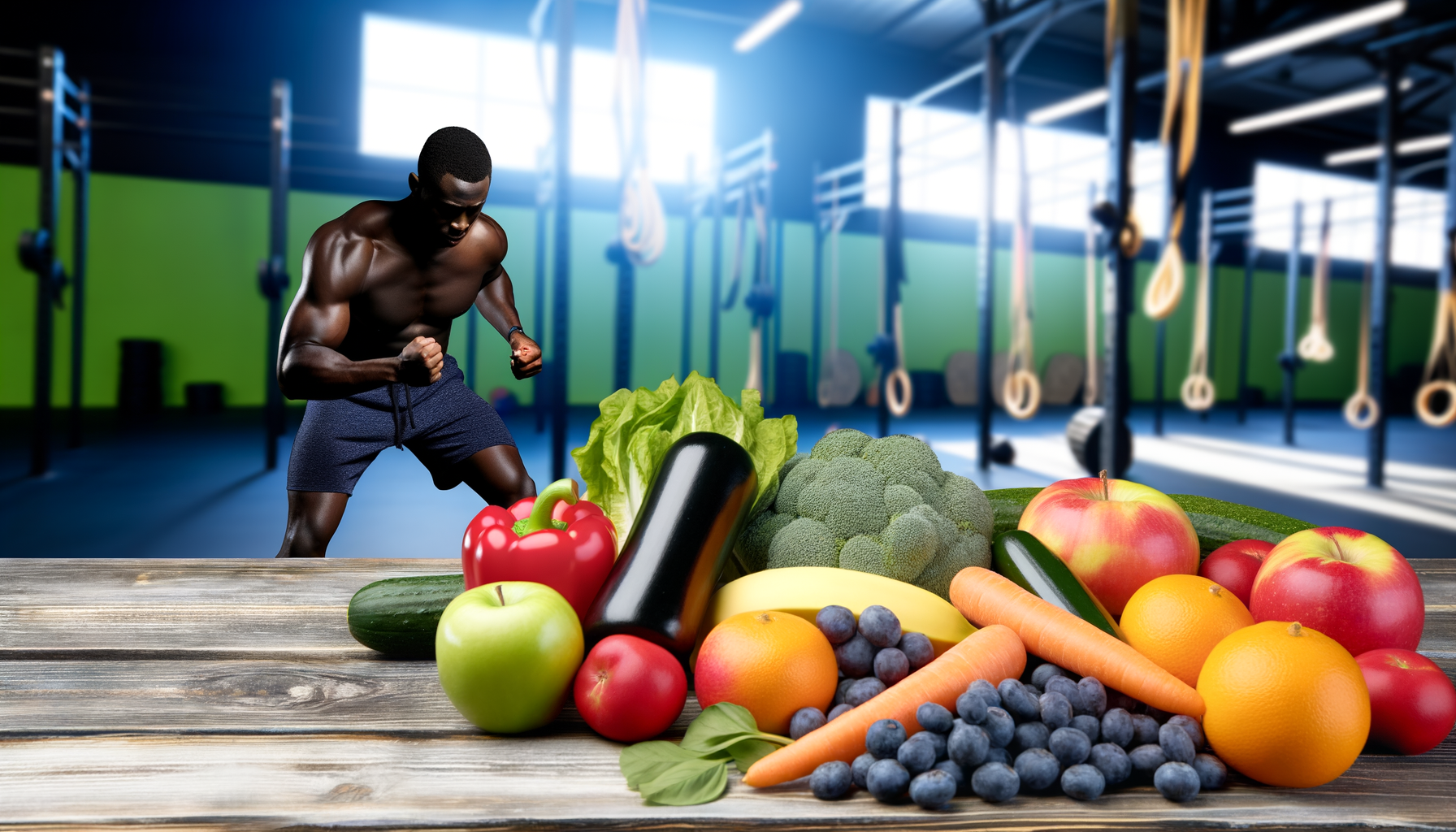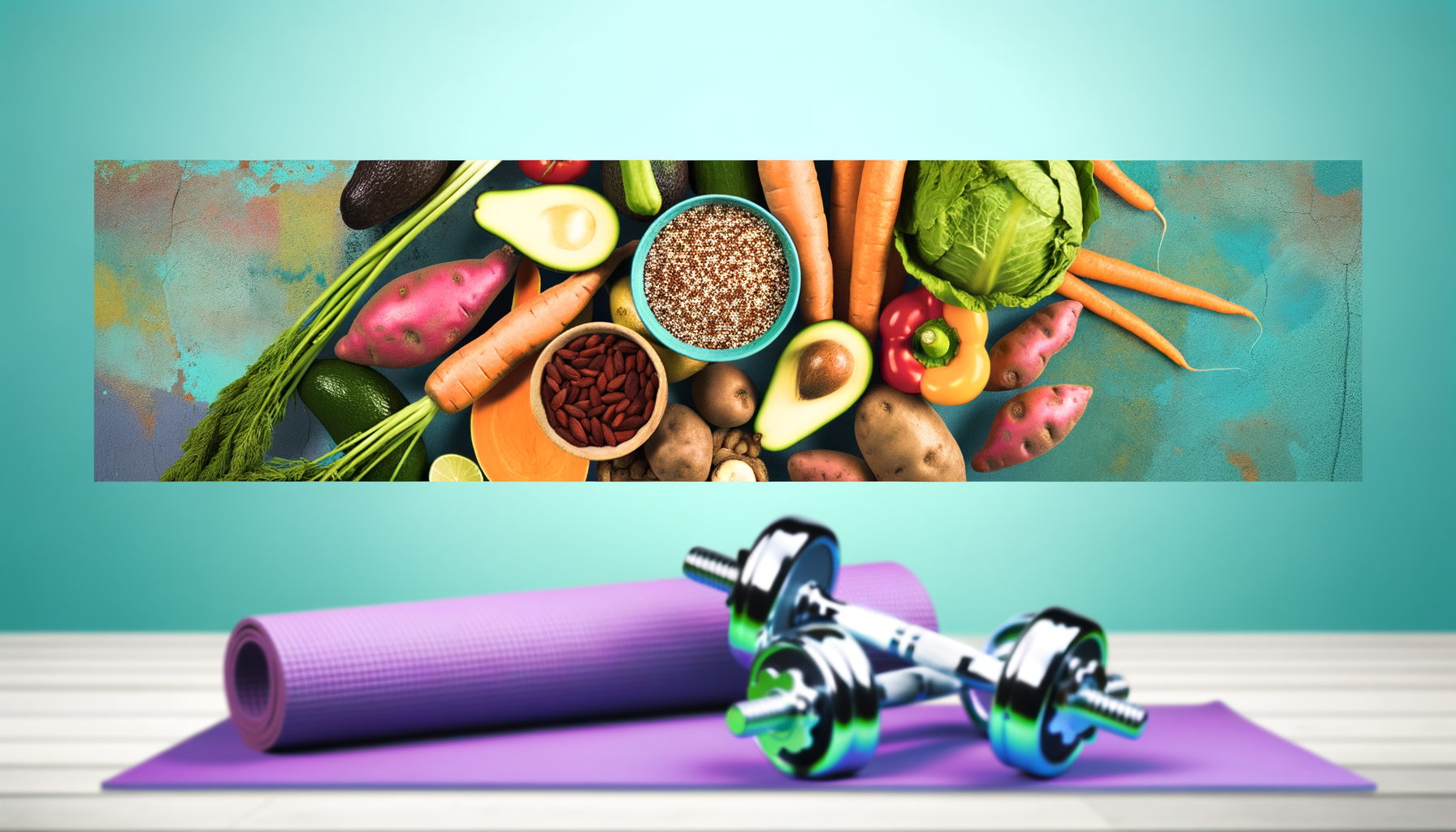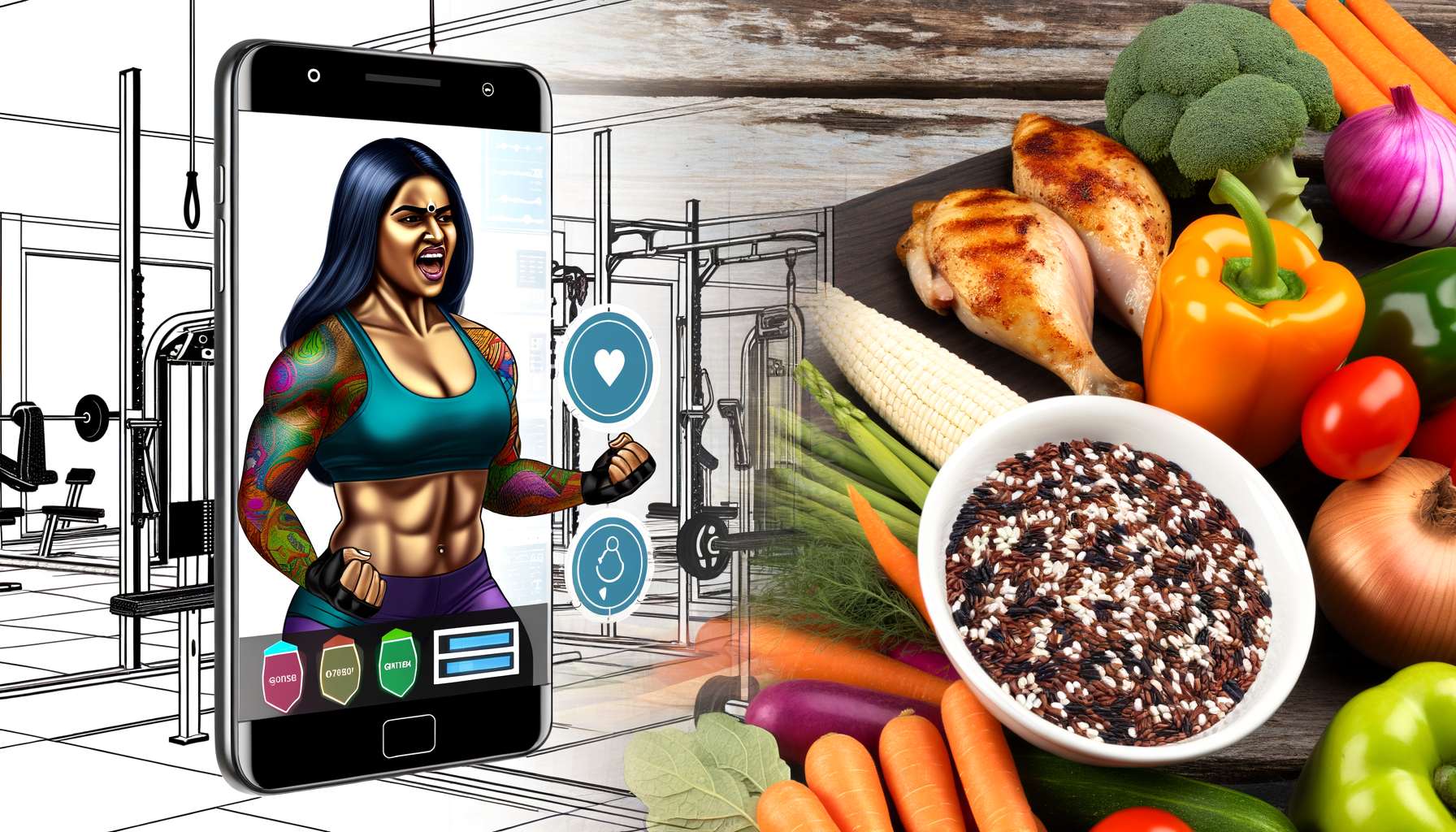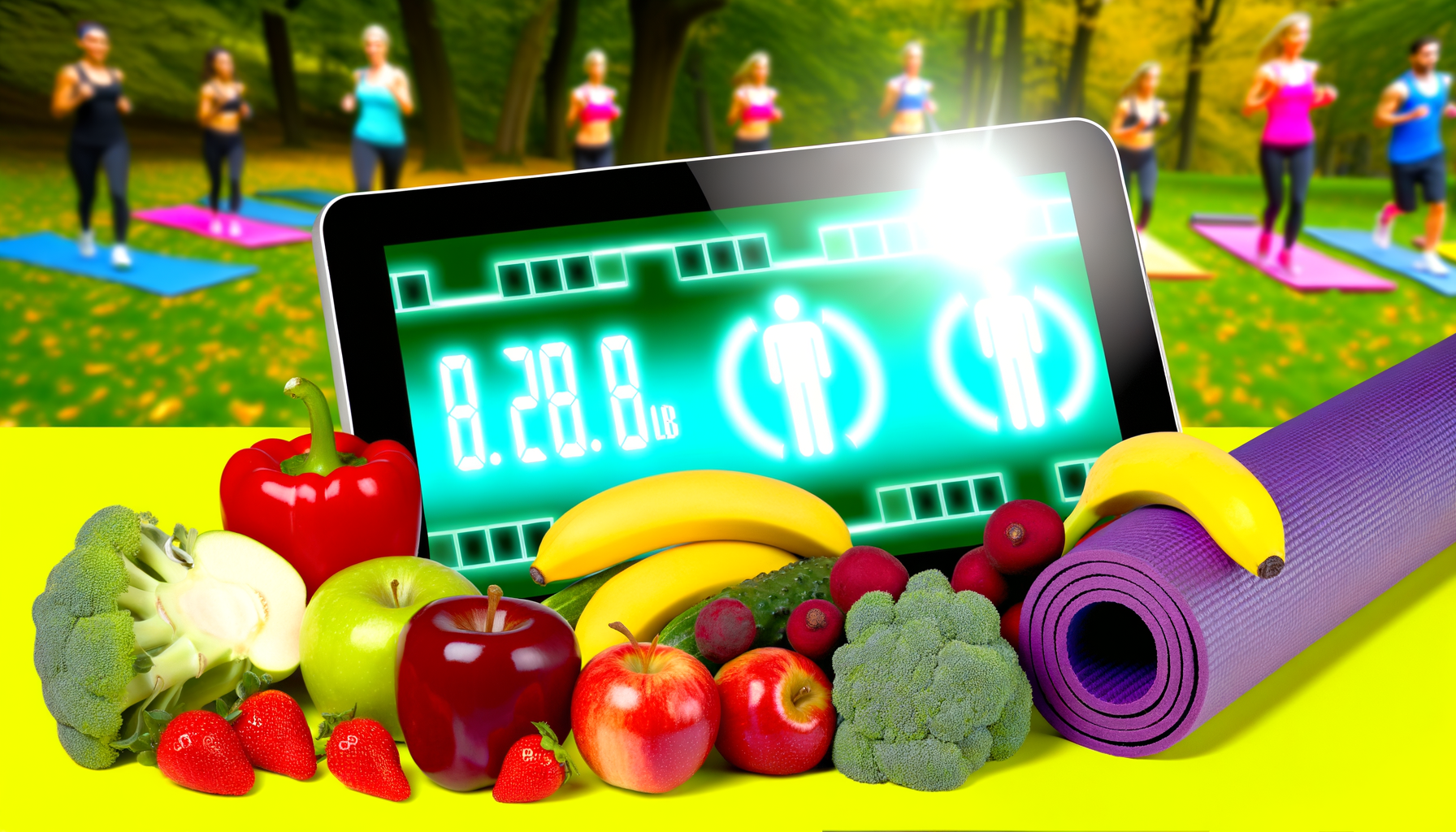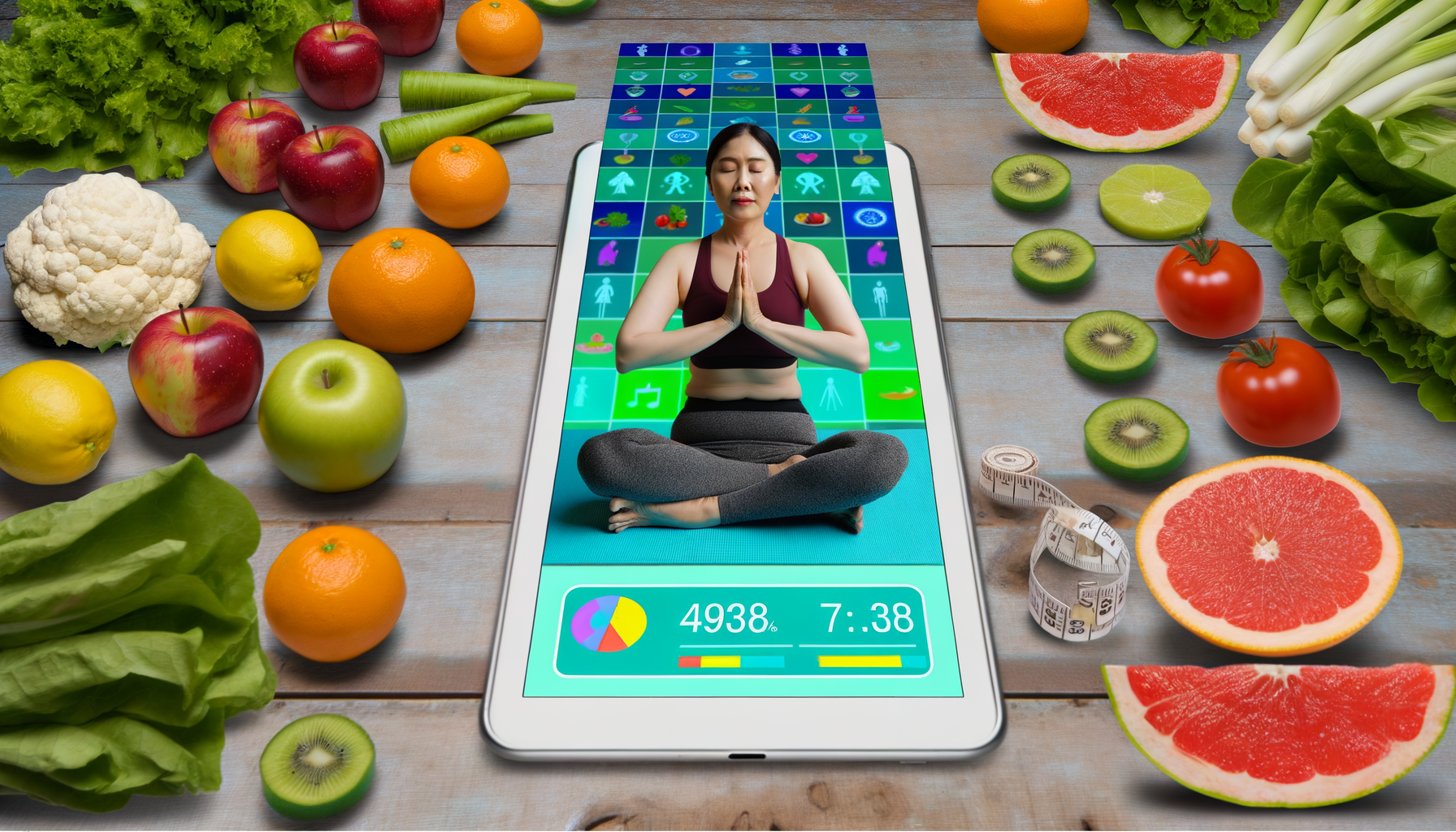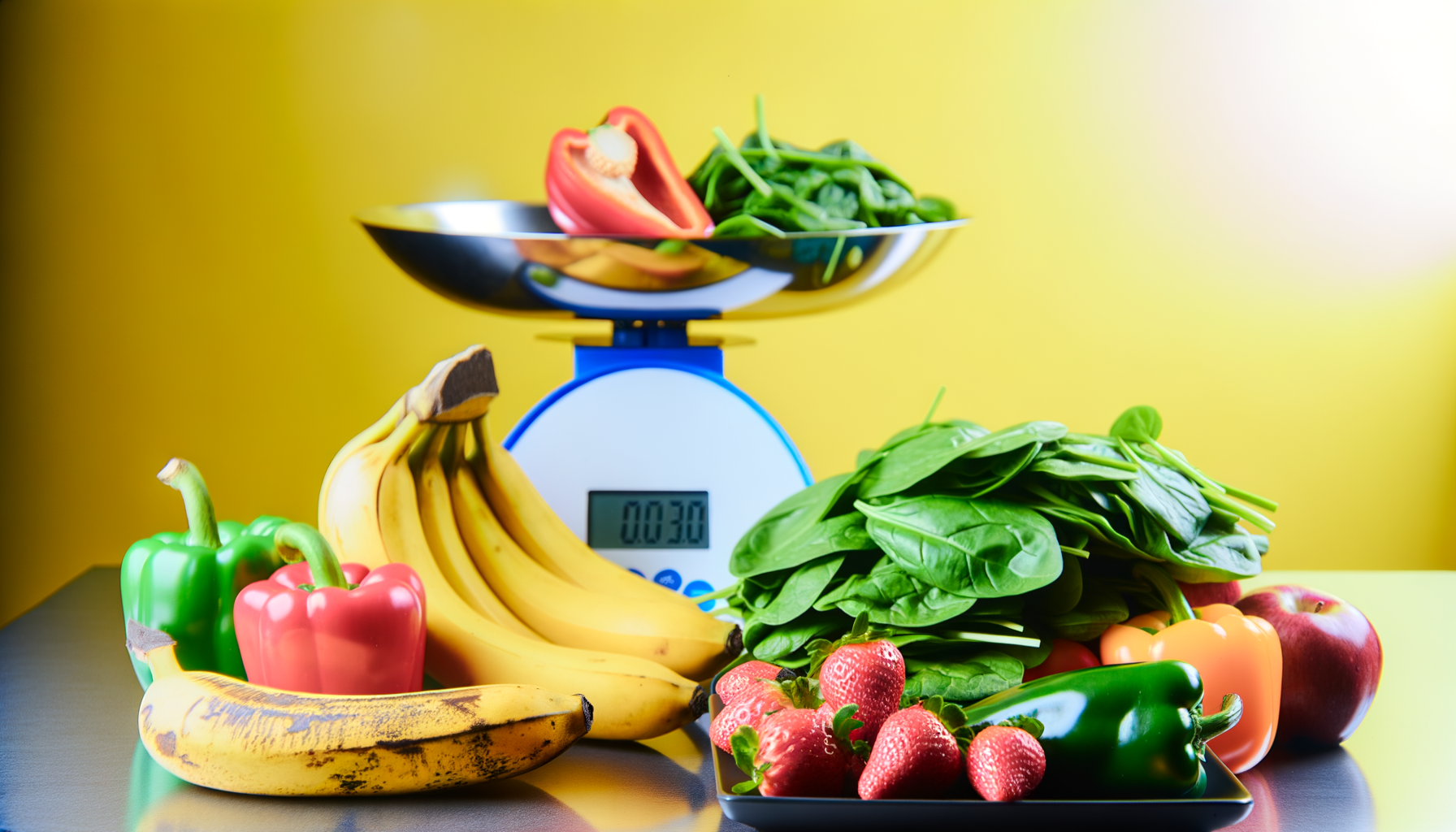How to Use Calorie Calculators for Sports Team Nutrition
Optimizing Athletic Performance with Calorie Calculators
When it comes to sports team nutrition, understanding and managing calorie intake is crucial for optimizing athletic performance. Calorie calculators are powerful tools that can help athletes and coaches determine the exact calorie needs based on various factors such as age, weight, height, and activity level. Here’s a comprehensive guide on how to use calorie calculators for sports team nutrition.Understanding Calorie Needs for Athletes
Athletes require a specific amount of calories to maintain their current weight, support their training, and achieve their performance goals. The calorie needs vary widely depending on the type of sport, the intensity and duration of training, and the individual athlete's characteristics.For instance, a study by the National Strength and Conditioning Association (NSCA) highlights that athletes need to calculate their Total Daily Energy Expenditure (TDEE) to ensure they are consuming enough calories to maintain their muscle mass and performance.
Methods for Calculating Calorie Needs
There are several methods to calculate calorie needs, each with its own set of parameters. ### Harris-Benedict Equation This equation is useful when you don't have access to an athlete's lean mass or body fat percentage. It requires the athlete's age, sex, body weight, and height to calculate the Resting Metabolic Rate (RMR), which is then multiplied by an activity factor to determine the TDEE. ```htmlFor example, using the Harris-Benedict Equation:
BMR (men) = 66 + (6.2 x weight in lbs) + (12.7 x height in inches) - (6.8 x age in years)
BMR (women) = 655 + (4.35 x weight in lbs) + (4.7 x height in inches) - (4.7 x age in years)
Then, multiply the BMR by the activity factor to get TDEE.
For example, using the Cunningham Equation:
RMR = 500 + (22 x lean body mass in kg)
Then, multiply the RMR by the activity factor to get TDEE.
For example:
Weight in pounds x 15-17 = Estimated daily calorie needs
This method is less precise but can provide a quick estimate.
Using Calorie Calculators Effectively
Calorie calculators can streamline the process of determining an athlete's calorie needs. Here are some steps to use them effectively: ### Inputting Data Most calorie calculators require basic information such as age, weight, height, and activity level. For more advanced calculations, you may need to input body fat percentage or lean body mass. ```htmlFor instance, the NASM Calorie Calculator asks for age, sex, weight, height, and activity level to calculate BMR and TDEE.
``` ### Adjusting for Goals Athletes may have different goals such as weight loss, weight gain, or maintaining current weight. Calorie calculators can help adjust the calorie intake accordingly. ```htmlIf an athlete wants to lose weight, they might subtract 500-1000 calories from their TDEE. For weight gain, they would add extra calories.
``` ### Customized Meal Plans Once you have the calorie needs, you can create customized meal plans. Tools like the Athlete's Calorie Calculator and Meal Planner Guide provide detailed meal plans with recipes and nutritional information. ```htmlThis guide includes options for breakfast, snacks, smoothies, lunch, dinner, and post-workout meals, ensuring that athletes get the right balance of nutrients to support their performance.
``` ### Monitoring Progress It’s crucial to monitor an athlete’s progress and adjust their calorie intake as necessary. Consulting with a nutritionist or health professional can provide personalized advice. ```htmlTools like the Precision Nutrition Macro Calculator not only provide a customized nutrition plan but also help in tracking progress and adjusting the plan based on the adaptive nature of metabolism.
```Real-World Examples and Case Studies
### Example Calculation Let’s consider an example of a 25-year-old male athlete who weighs 180 pounds, is 6 feet tall, and is moderately active. ```htmlUsing the Harris-Benedict Equation:
BMR = 66 + (6.2 x 180) + (12.7 x 72) - (6.8 x 25) = 1980 calories
TDEE = BMR x Activity Factor (1.55 for moderately active) = 1980 x 1.55 = 3069 calories
Conclusion and Next Steps
Using calorie calculators is a powerful way to optimize sports team nutrition and enhance athletic performance. By understanding the different methods for calculating calorie needs and using these tools effectively, athletes and coaches can ensure that nutritional goals are met.If you are looking to integrate a calorie calculator into your team's nutrition plan, consider using tools like the WP Calorie Calculator, which can be easily integrated into your website to attract visitors and generate new leads in the health and fitness industry. Check out the WP Calorie Calculator Plans to find the best option for your needs.
Remember, it's not just about the quantity of calories but also the quality. Ensuring that athletes get the right balance of macronutrients and micronutrients is crucial for optimal performance. By combining accurate calorie calculations with personalized meal plans, you can help your athletes achieve their full potential.

